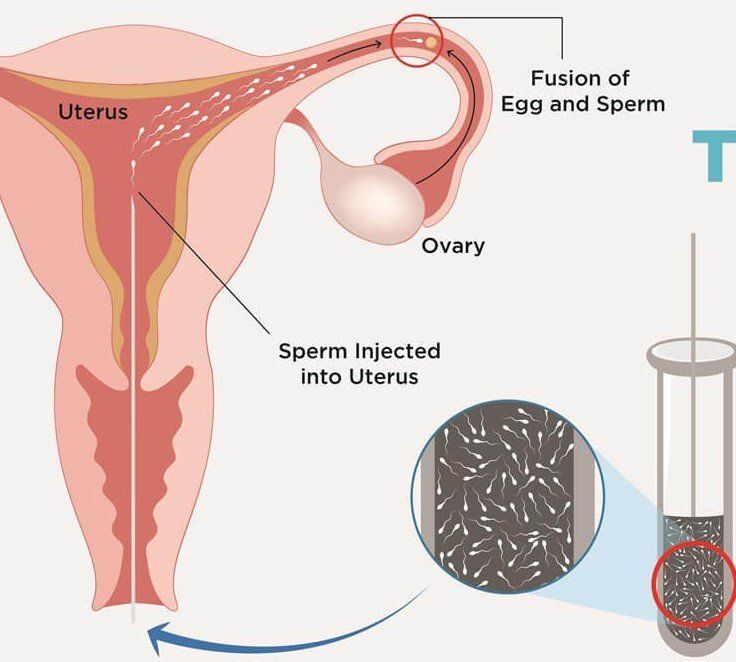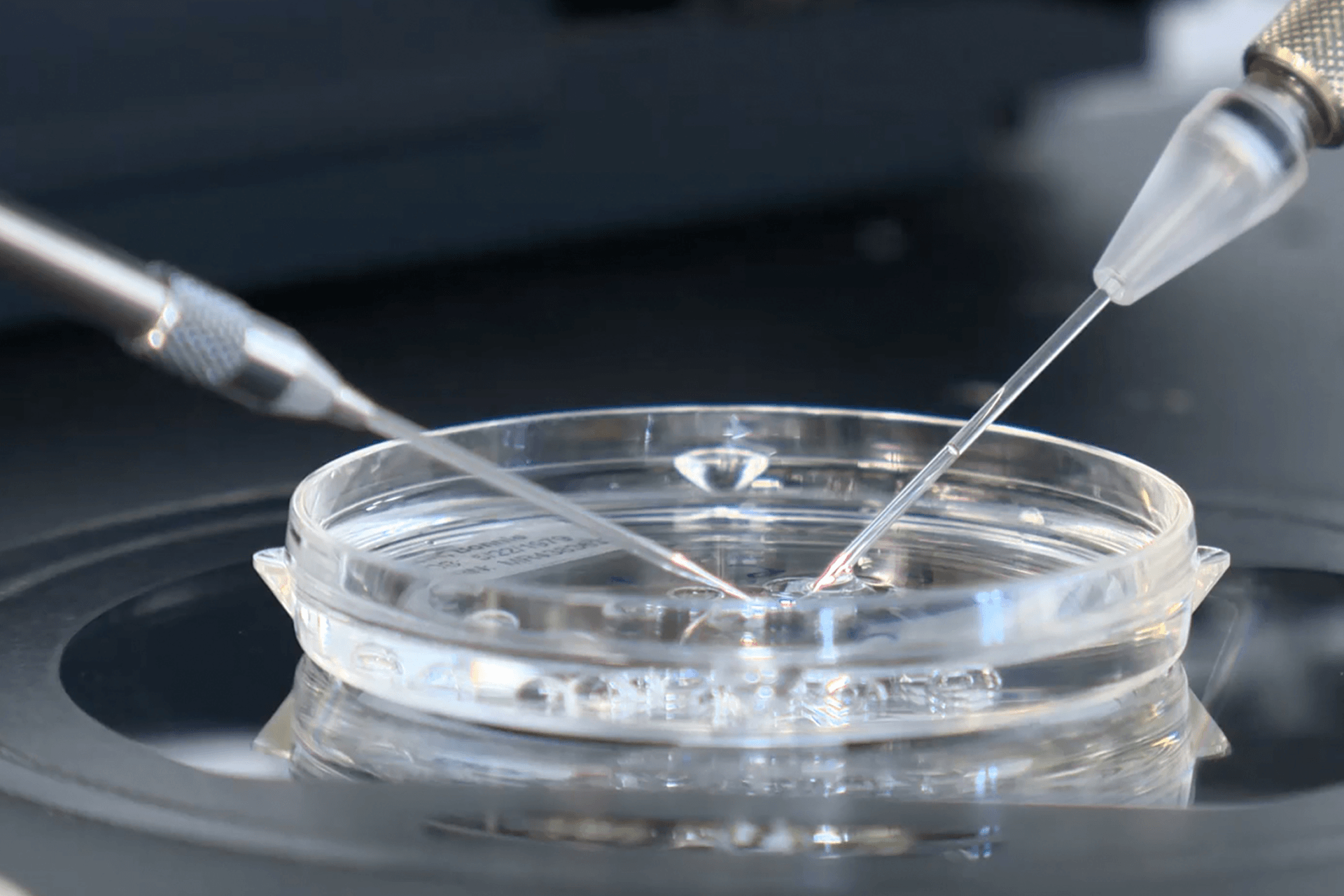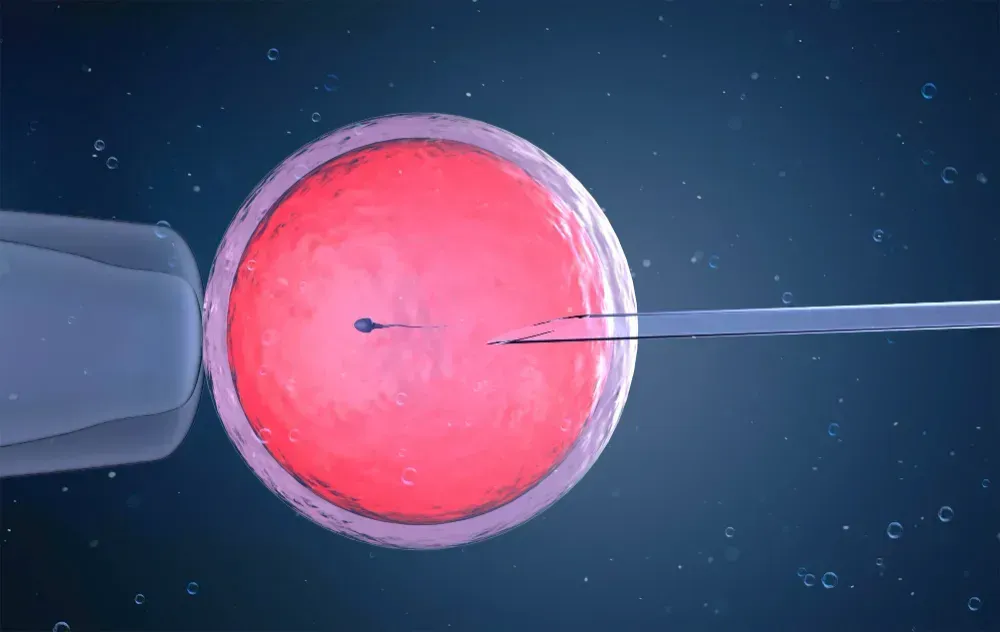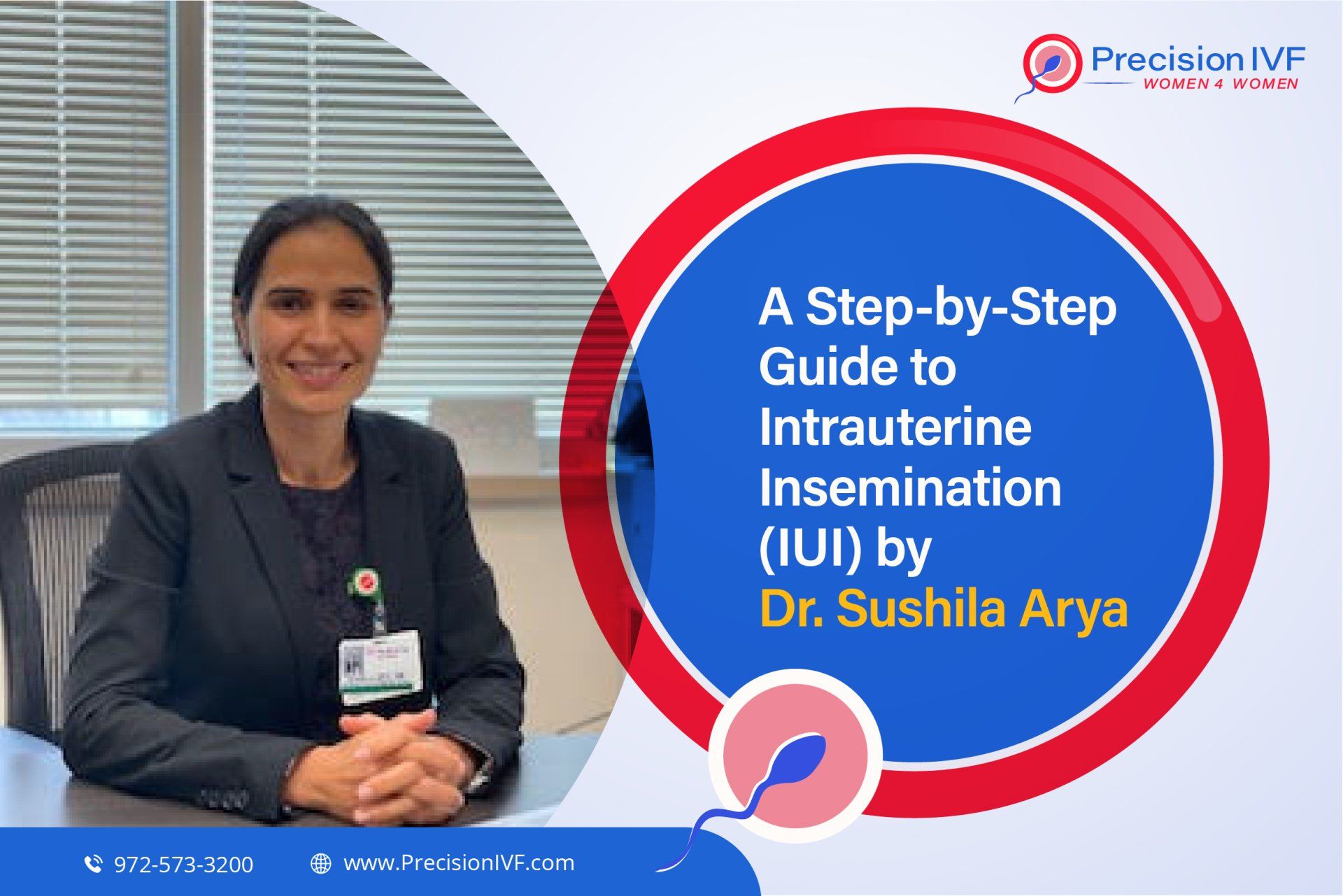Fact sheet to understand what is involved in the frozen embryo transfer process
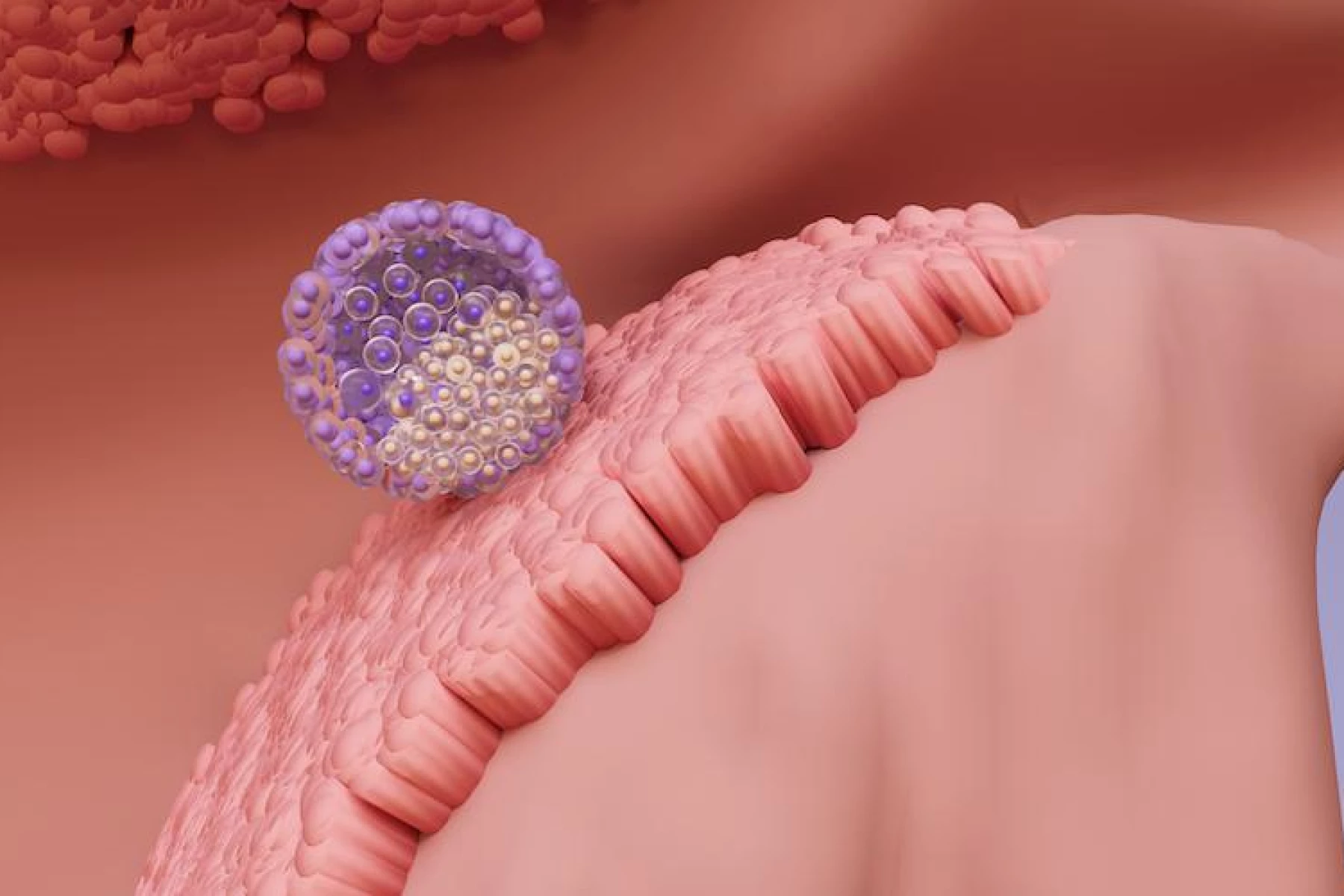
What is a frozen embryo transfer cycle?
A frozen embryo transfer (FET) cycle means thawing one or more embryos (frozen during a previous IVF treatment cycle) and transferring that embryo (or embryos) to the uterus in order to try to establish a pregnancy.
When is a frozen embryo cycle recommended?
When ovaries are stimulated in a typical IVF or ICSI cycle, they produce multiple eggs for insemination and this often leads to a number of healthy embryos being created. Fresh embryo transfer may not be appropriate, or if the fresh embryo is transferred to the uterus on the 6th day of egg retrieval, the rest can be frozen to use if the first transfer does not result in a pregnancy, or at a later time to create a sibling.
It’s not uncommon for practice to freeze all embryos after an IVF cycle and not to transfer any immediately if the lining of the uterus or hormone levels are not suitable or if a patient is at risk of developing ovarian hyper-stimulation syndrome (OHSS).
It is also increasingly common for the fertility specialist to recommend that we freeze all of a patient’s embryos because the more natural environment in the uterus during a later cycle may have a better chance of establishing a pregnancy.
Freezing embryos is also a potential avenue for a woman who wants to postpone pregnancy until later times like in her late 30s or early 40s but who understands she may not have suitable eggs of her own by then.
What are the success rates of frozen embryo transfer?
The pregnancy or live birth success rate depends on a number of factors, including the woman’s age and quality of the embryo.
Frozen embryo survival rates are more than 90% if embryos are frozen by ‘vitrification’ at the blastocyst stage (5-6 days after fertilization).
If they are frozen by ‘slow freezing’, approximately 80% survive the freezing and thawing process (old method).
If an embryo vitrified at the blastocyst stage is thawed and transferred, it has approximately the same success rate as a fresh embryo. There is no evidence that frozen and thawed embryos result in a greater number of miscarriages or abnormalities.
What does a frozen embryo transfer cycle involve?
When you are ready to begin a FET cycle, contact your clinic/IVF coordinator. There are a few necessary steps before FET treatment can be started.
Before a frozen embryo can be transferred into your uterus, the lining of the uterus (the endometrium) must be prepared to the right stage in either a ‘natural cycle’ or a ‘programmed aka hormone replacement therapy cycle.’
Natural cycle
In a natural FET cycle, we allow the endometrium to thicken naturally as part of your normal cycle. We monitor the cycle by checking the developing egg follicle on the ovary and the thickness of the endometrium by ultrasound, and once they have reached an appropriate size/thickness, we trigger ovulation, usually with a Pregnyl injection.
The embryo transfer then takes place approximately 6-7 days after this. The exact timing will depend on your individual treatment plan, your hormone levels on the day of ovulation trigger, and at what stage of development your embryos were frozen. Progesterone medication, either as an injection or pessaries, is often given during the second half of the cycle to help support the endometrium.
Hormone replacement therapy (HRT) cycle or Programmed cycle
An HRT cycle is often used to control the cycle, particularly in women who don’t have a regular cycle. We use additional estrogen and progesterone medications to develop the endometrium to the right stage.
You will take estrogen medications throughout the cycle and progesterone medications during the second part of the cycle. We monitor the development of the endometrium by ultrasound and estradiol hormone level to check when to introduce the progesterone. Your embryos are normally implanted on the 6th or 7th day after starting progesterone, but this can vary depending on individual circumstances and the stage at which your embryos were frozen.
When will my embryos be thawed?
The laboratory will thaw your embryos so that the stage of embryo development corresponds to the right stage of your menstrual cycle. Timing also depends on what stage the embryos were frozen. At Precision IVF, we usually freeze embryos at the blastocyst stage and then thaw them on the day of your embryo transfer.
How are embryos transferred?
We use a fine soft tube (a catheter) to pass the embryo through the cervix and into the uterus under ultrasound guidance. A small amount of the culture medium is also placed in the uterus with the embryo. This technique usually doesn’t need sedation, and most women only report mild discomfort.
What happens after the embryo transfer?
Before you go home after the transfer, your doctor and IVF coordinator will go through the instructions, including your medications and any lifestyle considerations.
We order a pregnancy blood test for 10 days after your embryo transfer. The blood test measures the hormone human Chorionic Gonadotropin (hCG), which is produced by the pregnancy. Please wait until the advised date to have your test as hormones used during the cycle can lead to false readings if you test too soon.
Whichever type of FET cycle you are having, it is very important to continue the prescribed medications until you have received the results of your pregnancy test.
Some women experience bleeding or spotting before their pregnancy test. This is not necessarily a period, and it is very important that you continue to take any prescribed medications until you have spoken to your IVF Coordinator or fertility specialist.
Contact Precision IVF Fertility Clinic
The kind and compassionate team at Precision IVF is happy to answer any other questions you may have about frozen embryo transfers. Please feel free to contact us if you have any questions about the FET treatment options.
- Sushila Arya, MD MS FACOG
